Things To Do In Istanbul
After breakfast we walk from our hotel through Istanbul to Hagia Sophia. We get there early which is good as the line can get extremely long throughout the day. Hagia Sophia is another testament to Byzantine architecture and engineering. It is a massive place that started its life as a church, was transformed by the Ottomans into a mosque in the 1450s and then turned into a museum by the Turkish Republic. The Ottoman medallions, the mosaics and the dome are sites to behold. The dome floats overhead at 180 feet above the ground. It is not fully original having collapsed in the 550s. It was rebuilt in the early 560s. There are still 2 parts of the dome that are original to the 560 renovation. This is such a great place to visit. It is amazing that it could all be built so long ago and still be standing today.
From Hagia Sophia we cross the park to see the Blue Mosque – Blue because of the Iznik tiles that make up the roof. It is also called Sultan Ahmet Mosque after the Sultan who ordered it built. As we were just approaching the call to prayer was sounded and the mosque closed to visitors. We did more looking about the outside, but decided not to wait the 45 minutes until it re-opened. Thinking we would circle back, we headed to the Grand Bazaar.
The Grand Bazaar, one of the oldest covered markets in the world, was built in the 1450s and 60s when the Ottomans took Constantinople. It was the center of commercial activity housing thousands of merchants across its 61 streets. Today, you can get practically anything there from silver and gold jewelry to fabrics and, of course, carpets. It is worth the visit to get an understanding of the history that occurred there and get a feel for the size of the place, but in some ways the Bazaar is a bit of a disappointment. While there is some charm, modernity has taken something away. As you might expect, the many businesses are forced to compete with the modern day malls. That has changed things, not necessarily for the best, turning the bazaar into a sort of mall just with really uneven floors.
From here it is off to the Spice Bazaar. Unlike the Grand Bazaar, the Spice Market has a different Istanbul buzz. It has a much more old school feeling to it. Here, too, all variety of things are for sale. Everything from spices to coffee and from bowls to lanterns is for sale. Although there is still bartering, there are many more set price items then you might think. The Spice Market is a great place for gift buying and filling up on Turkish Delight and Turkish Tea, too. Built in 1660 as part of the New Mosque, it was the last stop on the Silk Road for those traveling from Asia. It must have been really amazing to be there in the old days. It is a great place to visit and a highlight of the trip. It should not be missed.
From here we head for a closer look at the Bosphorous River. Is is a bustling place with food stands and boat tours. The fishermen fishing off Galata Bridge are lined up tight next to each other.
After a few snacks of Korkorec (stuffed sheep intestine in pita), Medya Dolma (stuffed mussels on the half shell) and pickled veggies, we head to dinner for more Gozlem (Turkish Pancakes), Ottoman Salad and Baklava, then back to the hotel.
Do you want to know more about the things to see and do in Istanbul> Read the other posts in this serieshere and here.
Keep Eating! Keep Innovating!
Have you been to Turkey? What delights did you enjoy when you were there? Let us know all about it in the comments or on Facebook.
The Culinary Exchange can also be found on Twitter, Instagram, Pinterest, Google+ and YouTube.
Come on! Follow Along!

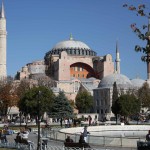
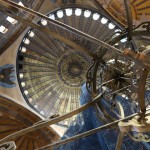
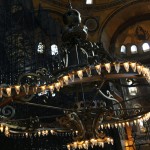
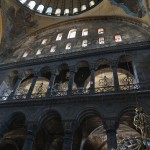
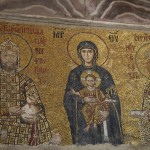
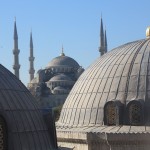
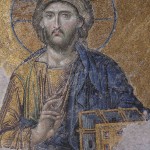
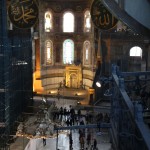
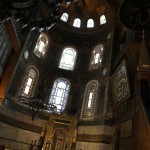
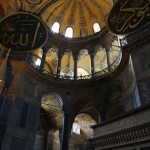
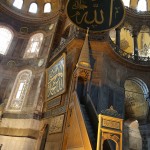
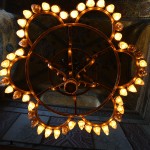
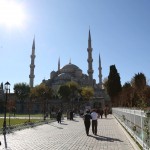
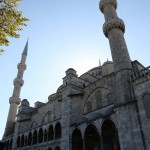
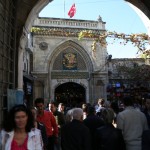
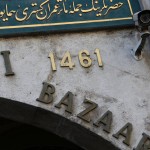
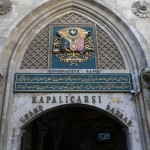
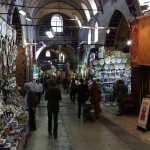
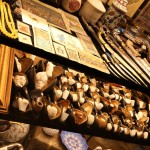
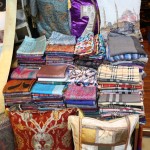
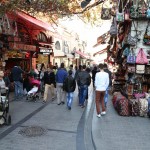
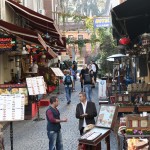

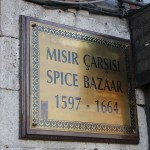
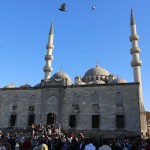
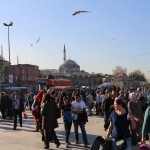
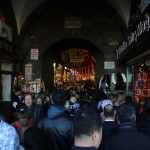
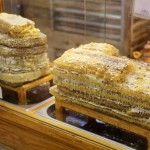
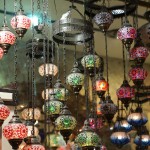
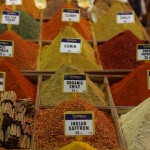
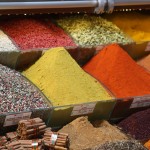
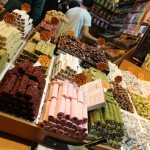
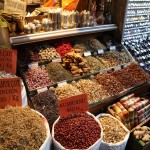
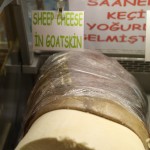
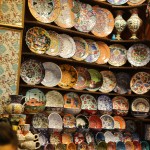
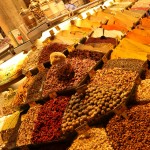
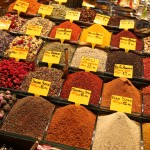
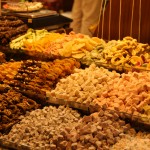
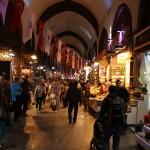
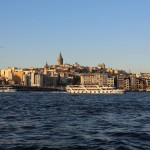
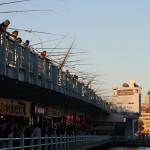
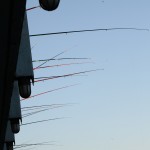
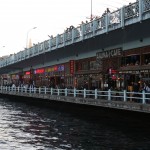
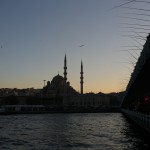
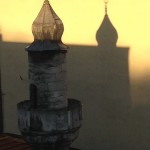
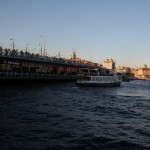
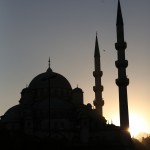
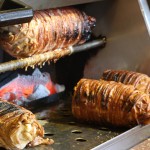
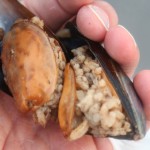
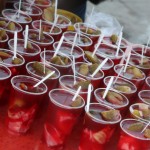
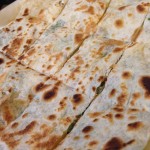
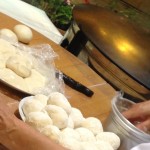
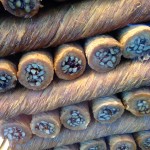
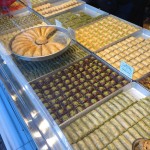
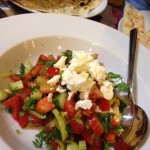



Trackbacks/Pingbacks